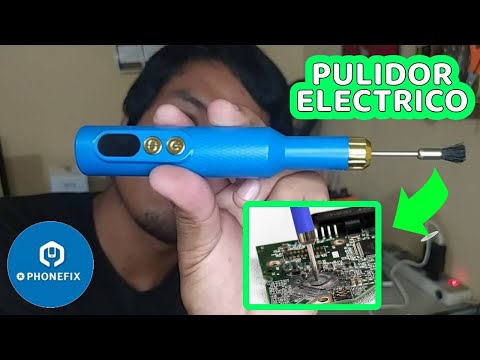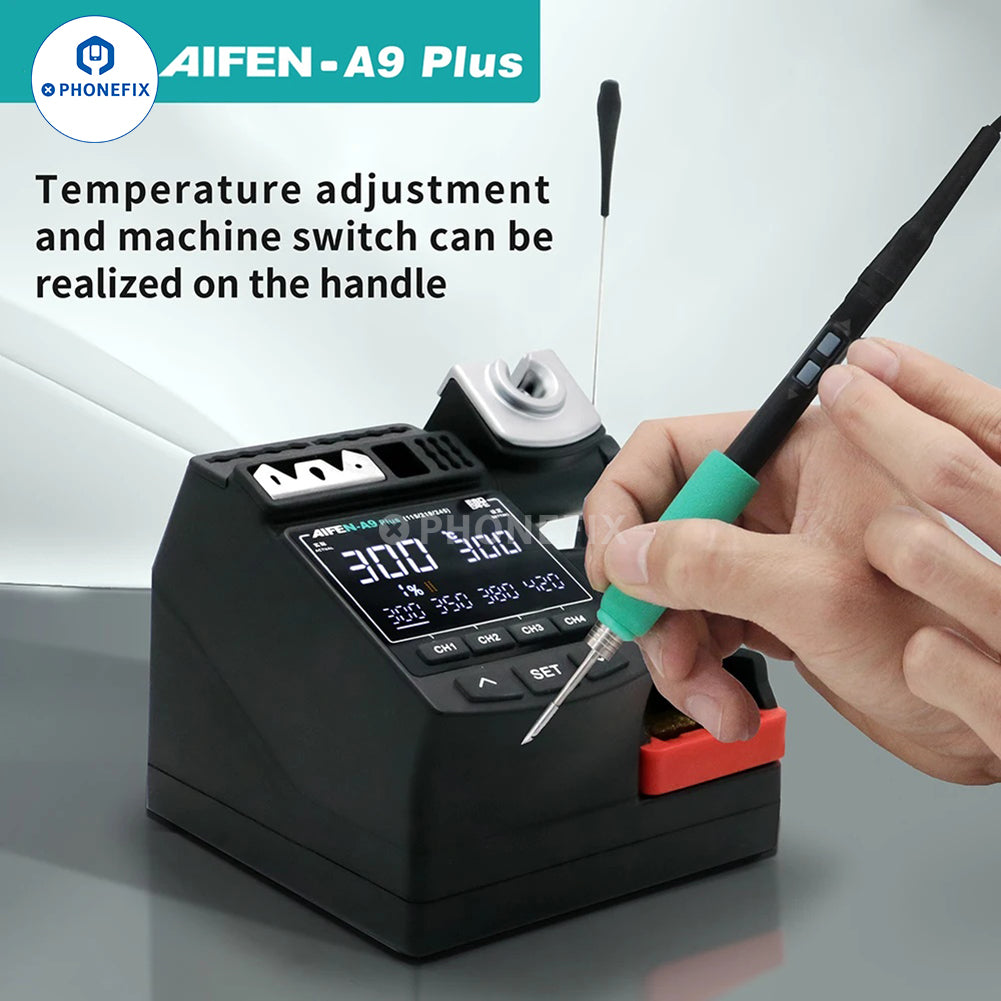Choosing the right camera lens is also an essential part of machine vision system design. How should we choose the right industrial camera lens? What problems should be paid attention to when choosing an industrial camera lens? Let's learn about it.
Resolution of industrial cameras lens
Camera's resolution in one direction = the size of the field of view in one direction / the theoretical accuracy. By considering the object's accuracy to be observed or measured to select the resolution accordingly.
If the single field of view is 5mm and the theoretical accuracy is 0.02mm, the single direction resolution is 5 / 0.02 = 250. However, to increase the stability of the system, not only one-pixel unit is used to correspond to one measurement/observation accuracy value.
Generally, multiple four or higher can be selected. In this way, the camera needs a single direction resolution of 1000 and 1.3MP industrial camera.
The match of the industrial lens
The size of the sensor chip should be less than or equal to the lens size, and the C or CS-mount should also match.
C interface or CS interface. The interface distance of the C interface lens is 17.5mm, while that of the CS interface is 12.5mm. Only the right interface could lead to focus.
Camera frame number of industrial cameras lens
When the measured object is moving, the industrial camera lens with high frame number should be selected. But generally speaking, the higher the resolution, the lower the number of frames.
Additional Considerations over Choosing the Right Camera Lens
Choosing a camera lens should also consider the size of the photosensitive device. For a 2/3-inch photosensitive chip, the industrial cameras lens corresponding to the imaging coil should be selected. If 1/3"or 1/2" camera lens is selected, there will be a large dark angle.
Select the focal length; that is, select the industrial lens whose field of view is slightly larger than the observation range.
Depth of field and light environment should match. For areas with enough light or light source illumination, a small aperture can be chosen to increase the depth of field, thereby improving the shooting clarity.
Industrial camera's output
high resolution is helpful for posture observation or machine software analysis and recognition. If it is the VGA Industrial camera or USB output, It should be observed on display; thus, it also depends on the resolution of the Microscope display.
No matter how high the resolution of an industrial camera lens is, it isn't very meaningful if the resolution of the Microscope display is not enough. If you use the memory card or the photo-taking function, the high resolution of an industrial camera also helps.
Where there is not enough light, a slightly larger aperture or a sensitive chip with high sensitivity would be selected. You can also use bright 144 LEDs ring light to increase brightness.
Current Trends over Industrial Cameras Lens Choices
CCD technology becomes more efficient and now shares more and more features with CMOS technology sensors, but CMOS industrial cameras are widely used because of their low cost and low power consumption.
Image sensors have made great strides in recent years. The trend is to have more and more pixels for better resolution of industrial cameras lens, as well as a greater sensitivity (backlight image sensor).
Communication interfaces transmit data faster and faster and the trend over the next few years will be to transmit data wirelessly, namely using Wifi.
Related blog posts:
Industrial Camera: Purchase Industrial Cameras - You Must Know These Things
How to Choose the Right Industrial Cameras Lens for 2022












